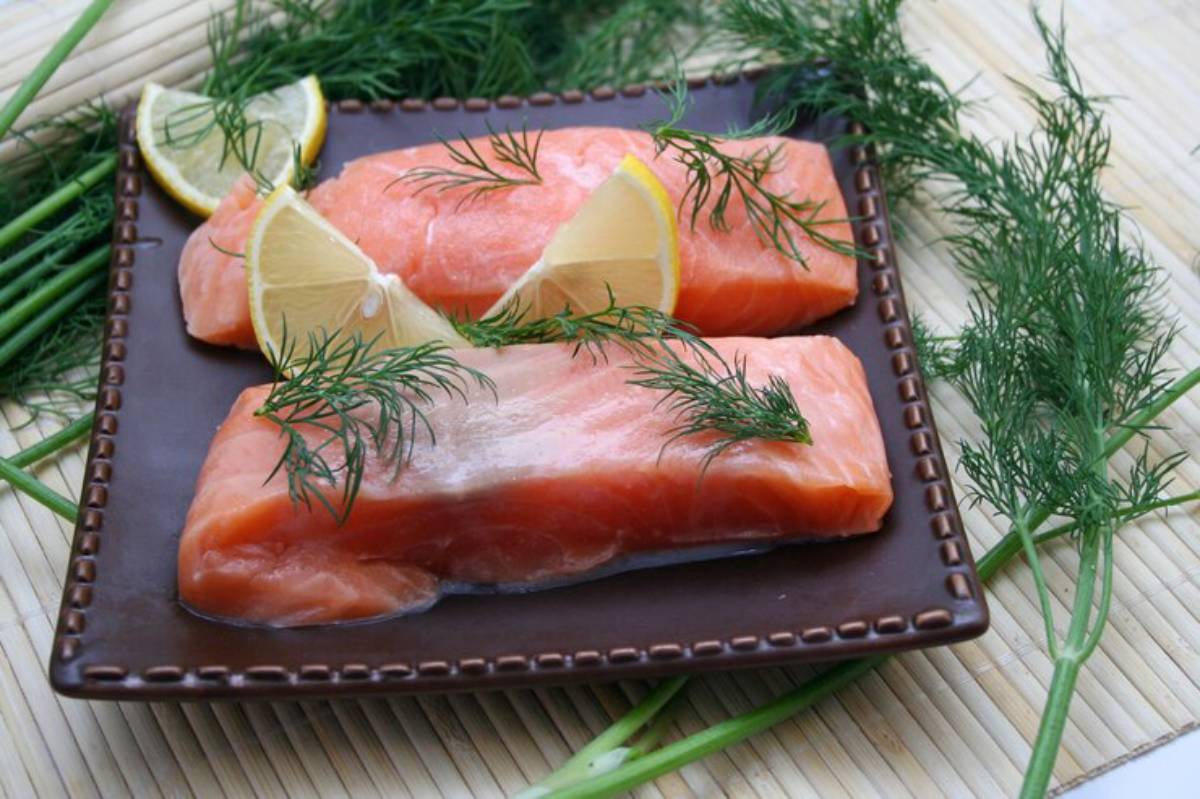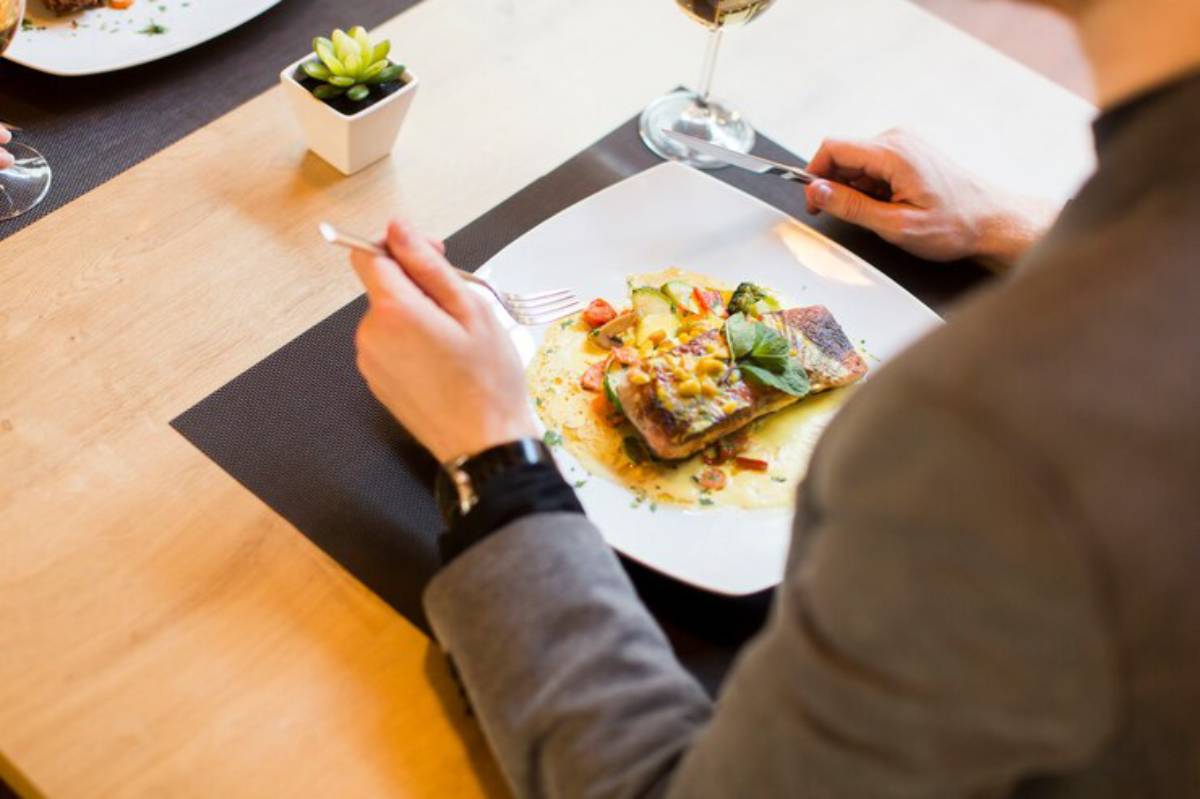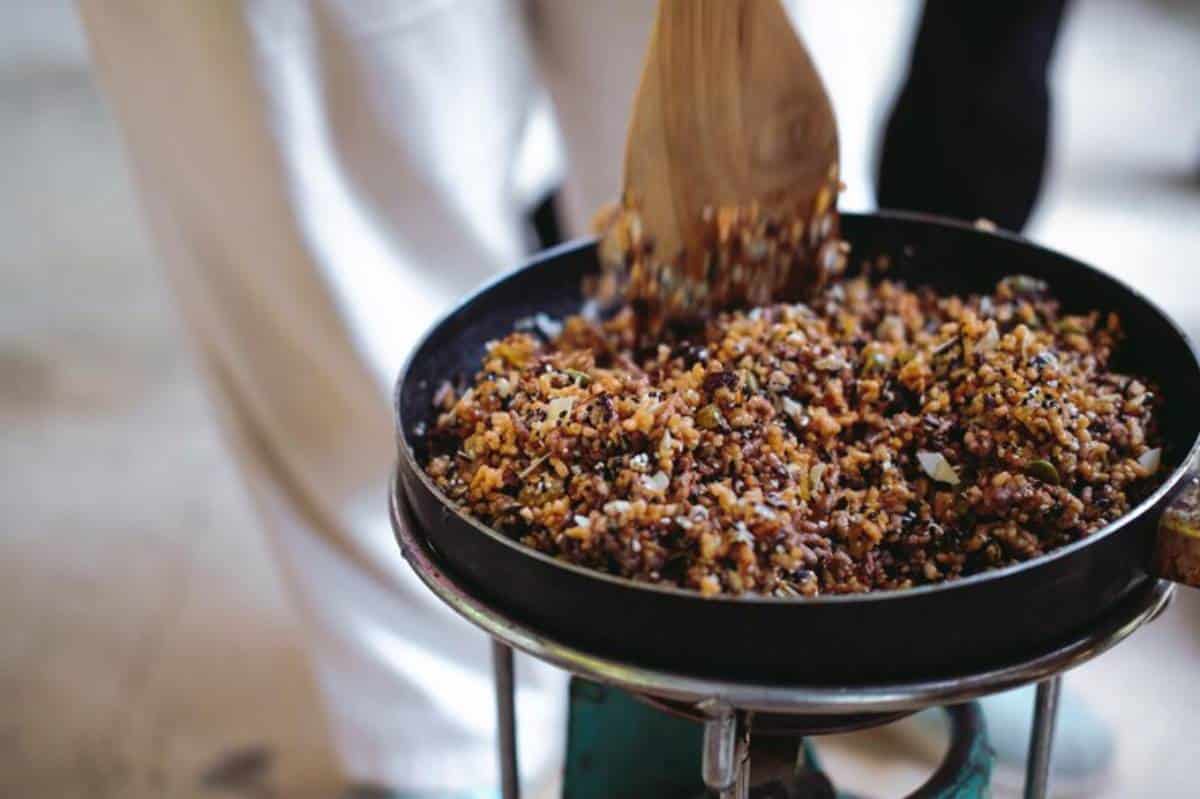
How to Pair Flavours Like a Culinary Pro
Where Culinary Magic Begins
Why does strawberry go so well with balsamic? Or pork with apples? It’s not a coincidence—it’s science, instinct, and a bit of creative courage. Mastering flavour pairing techniques is one of the most powerful tools in a cook’s arsenal. It transforms everyday meals into thoughtful, gourmet experiences.
Whether you’re trying to level up your gourmet flavour match intuition or experimenting with global dishes, this guide will teach you how professionals think about flavour, so you can mix ingredients like a culinary artist.
We’ll explore the science of flavour, the building blocks of great combinations, and step-by-step ways to develop your own pro-level seasoning skills. Think of this as a roadmap to cooking instinctively with confidence.
Understanding the Core: What Is Flavour Pairing?
Flavour pairing is the strategic combination of ingredients that complement or contrast with each other in taste, aroma, and experience. It’s more than just what “tastes good.” It’s about understanding the building blocks of flavour.
The Five Tastes + Aroma
Great pairings build balance across:
- Sweet (carrots, honey, fruit)
- Salty (anchovies, cheese, cured meats)
- Sour (vinegar, citrus)
- Bitter (radicchio, coffee)
- Umami (mushrooms, soy, aged cheese)
Flavour is 80% aroma, too, meaning smells trigger emotional and taste responses.
Expert Insight: Studies from the Institute of Culinary Education show that aroma compounds in foods with similar structures tend to pair well together, like vanilla and cherry or tomato and basil.
This is why flavour pairing works both scientifically and emotionally—it draws on our memories and sensory experiences.
Quick Guide: Keys to Flavour Matching
Quick Guide: Culinary Flavour Matching
- Balance sweet, sour, salty, bitter, and umami
- Use contrasts for drama (e.g. spicy and cool, crunchy and soft)
- Pair by region (Italian herbs with Italian meats)
- Match or echo aroma notes (e.g. floral with floral)
- Use acid to brighten and salt to unify
- Build from known pairs and evolve through experimentation
- Let seasonality and texture guide you
Step-by-Step Guide: How to Pair Flavours at Home

1. Start with a Central Ingredient
Pick a primary star: chicken, beetroot, dark chocolate, or salmon. Everything else should highlight or contrast with this.
- For salmon: pair with dill (aromatic), lemon (acid), and miso (umami).
- For lamb: mint (cooling), garlic (pungent), and pomegranate (bright, sweet-tart).
Pro Tip: Think of your star as the melody and the others as harmony. Every great dish has a focal point.
2. Work Through the Taste Spectrum
Aim to include at least 3 of the 5 basic tastes:
- Sweet and sour for fruit-forward dishes
- Bitter to cut richness (e.g. dark greens with pork)
- Salt to elevate nearly everything
- Umami to round off the palate
Important: If your dish tastes flat, it likely needs acid or salt. These are the backbone of flavour structure.
3. Think in Textures
Flavour and texture go hand-in-hand. Balance smooth sauces with crunch. Combine airy with dense. Pair silky with crisp.
- Creamy burrata with toasted sourdough
- Crispy pancetta on puréed pea soup
Warning: Avoid monotony. All-soft or all-crunch lacks contrast. Texture is part of the eating experience—make it memorable.
4. Use Flavour Bridges
Some ingredients link flavours well.
- Lemon connects seafood and herbs
- Honey ties together spice and acidity
- Dairy softens and rounds bold spices
Secret Tip: Add a bridge if two main ingredients don’t quite work, like yoghurt between curry and citrus. These act as the middlemen that make everything click.
5. Draw from Cultural Palettes
Cuisine traditions already have built-in pairings that work.
Use these as foundations:
- Thai: chilli, coconut, lime, basil
- French: shallots, wine, thyme, butter
- Moroccan: cinnamon, cumin, preserved lemon
This ensures cohesion in your gourmet flavour match. Once you understand cultural flavour structures, you can remix them into fusion or modern plates.
Best Practices & Additional Insights
Start with Known Pairings, Then Evolve
Use the classics as starting points:
- Apple + cheddar
- Tomato + basil
- Beef + horseradish
Then push boundaries:
- Apple + fennel seed
- Tomato + watermelon
- Beef + coffee rub
Creative dishes begin when you ask, “What happens if I swap X with Y?”
Use Seasonality to Your Advantage
In-season ingredients taste better and often pair better naturally. Spring herbs pair beautifully with new potatoes. Autumn spices with root veg.
Go to a farmer’s market and build a dish around what’s fresh. That’s how chefs begin menu creation.
Think in “Flavour Families”
Match by shared molecules:
- Mint and basil (herbaceous)
- Chocolate and mushrooms (earthy)
- Cumin and caraway (warm, spicy)
For inspiration, check out how rare spices bring exotic twists to familiar dishes.
Use Colour and Aroma to Reinforce
Flavour isn’t just taste—it’s visual and olfactory too.
- Orange + rosemary for citrus and pine harmony
- Beetroot + goat cheese for colour and tang
- Mango + chilli for tropical boldness
You’re designing experiences, not just meals.
Tasting Is a Skill—Develop It

The more you taste thoughtfully, the better your flavour instincts will become.
- Close your eyes when tasting a new pairing
- Ask what you feel, not just what you taste
- Journal your favourite combos
FAQs
How do chefs decide which flavours go together?
They rely on both tradition and science, balancing basic tastes, textures, and aroma profiles.
What’s a good rule for beginners in flavour pairing?
Start with classic combos, then experiment by changing one variable at a time.
Do I need expensive ingredients to pair flavours well?
Not at all. Even basic pantry staples can build pro-level dishes when balanced thoughtfully.
Is there an app or tool to help with flavour matching?
Yes—flavour pairing databases like The Flavour Bible or online aroma compound charts can inspire great matches.
How do I fix a dish that tastes bland?
Add acid (lemon, vinegar), salt, or umami elements (soy, mushrooms) to revive balance.
Can wine pairing follow the same principles?
Absolutely. Consider wine’s acidity, sweetness, and tannins the same way you balance food. A crisp white pairs with citrus and herbs, while a bold red complements umami-rich foods.
How can I apply flavour pairing to desserts?
Think contrast: sweet + salt (chocolate + sea salt), acid + fat (lemon curd + whipped cream), and texture interplay.
The Confident Cook’s Path to Flavour Mastery
Flavour pairing isn’t about memorising charts—it’s about listening to your palate, applying technique, and taking a few risks. Like any art form, it grows with practice.
With these flavour pairing techniques, you now have a framework to create harmony, surprise, and depth in every dish. Think beyond seasoning. Think balance. Think experience.
Ready to apply this thinking to your overall recipe planning? Learn how flavour layering turns these pairings into full-bodied meals.
Use your instincts. Train your tastebuds. Cook with intention.


